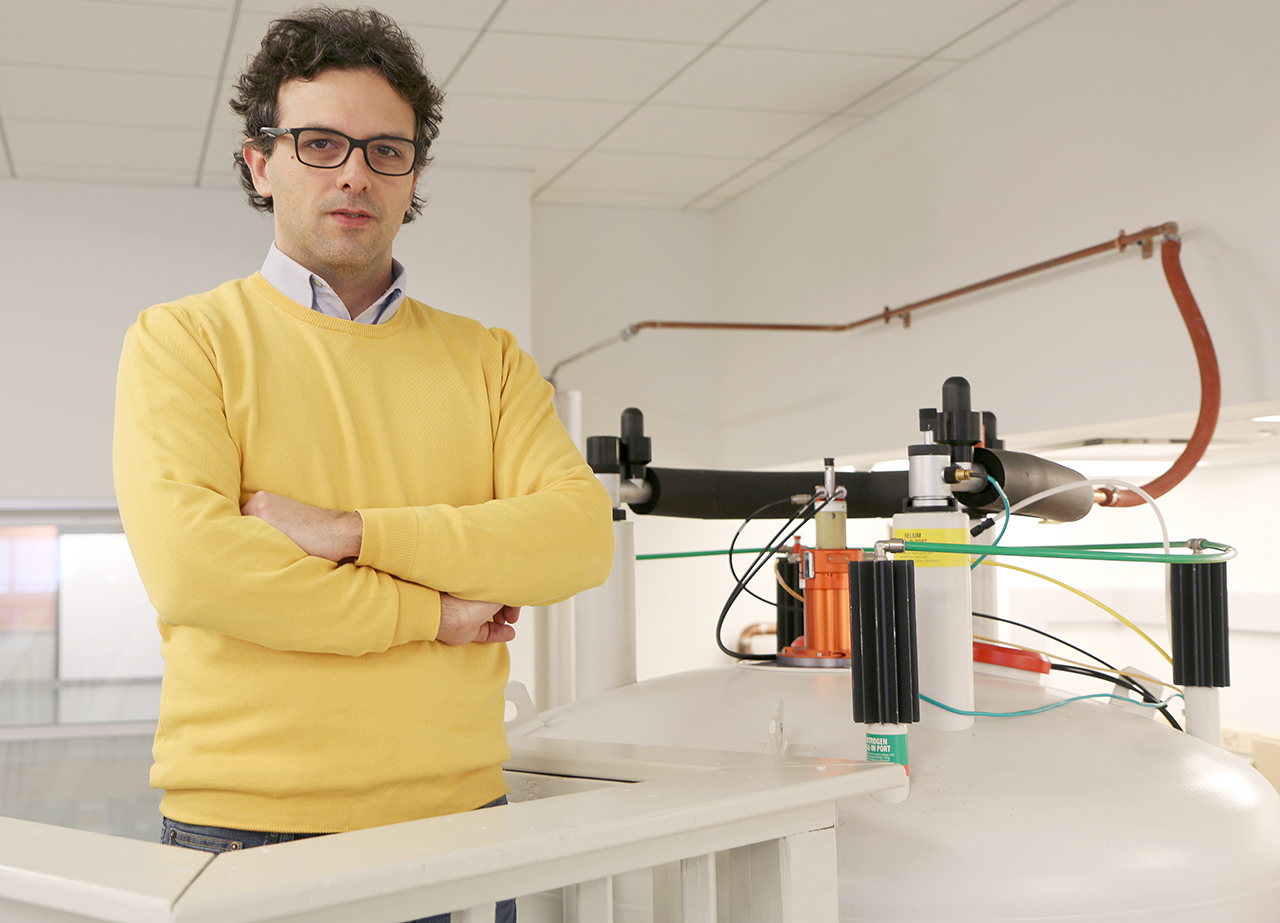
Vincenzo Venditti, an assistant professor of chemistry, is searching for a new kind of antibiotic in the fight against superbugs.
“Superbugs” are microorganisms such as bacteria, which have adapted to be resistant against the typical drugs used to treat them.
According to a 2014 report commissioned by the United Kingdom government, 700,000 deaths are caused worldwide each year by these superbugs, known as antimicrobial resistant microbes. The report projected a possible 10 million deaths caused by antimicrobial resistance in 2050 based on rising drug resistance and economic growth. Though it’s an uncertain projection, it outpaces the current death toll of cancer, which accounted for 8.8 million deaths in 2015.
Though this is a rising concern, major pharmaceutical companies are decreasing their investment in antimicrobial research. This expensive research is not very profitable for companies because once a new drug is formulated, it must be sparingly used due to the results of exposure, said Venditti. The more a drug is used, the more superbugs can evolve to be resistant against them.
“Pharmaceutical companies have to invest a lot of money to produce a new antimicrobial that then you cannot really use,” said Venditti. “You have to keep it on the shelf as long as you can, so there’s not a big push for pharmaceutical companies to invest in this type of research.”
For Venditti, this is all the more reason for public university research to address the issue — and in a whole new way.
“The majority of the research today is focused on optimizing old antimicrobials,” Venditti said. “We want to create a new one which has a completely different mechanism of action.”
Current antibacterial drugs target such areas as the cell wall, the membrane or certain enzymes within the bacteria. Venditti plans to target an enzyme that has never been targeted before, one that is a master regulator of bacterial metabolism.
By inhibiting this enzyme, not only would the bacteria’s function of eating and thus growing and proliferating be reduced, but it would also be less virulent, or harmful, because of its impaired metabolism.
“This is the key of this project,” Venditti said. “In theory, even though let’s say the bacteria will find a mechanism to keep growing even with our antibiotic, since we have affected also the virulence of the bacteria, we can keep the bacteria in our body like we have several other bacteria in our body because the bacteria will be harmless at this point.”
The enzyme he plans to target has other key advantages, as well. It is present in nearly all bacteria, so a drug that inhibits it would be able to attack numerous different bacterial diseases. In addition, the enzyme is not present in humans and other animals and so would be unlikely to have side effects.
However, Venditti found when studying this enzyme as a postdoctoral fellow at the National Institutes of Health that there is a reason this enzyme has not been targeted by drug screening campaigns. The enzyme is very difficult to test.
Typically, modern drug screening facilities are equipped with robots that allow up to 100,000 drug-like compounds to be tested against the target in a single day. However, fast and reliable functional assays, procedures for measuring the function of the target, have to be developed in advance in order to evaluate which of the compounds affect the target’s function.
Unfortunately, such fast methods are not available for measuring the function of the enzyme of interest in Venditti’s lab, and the testing process would require much too long to carry out.
However, Venditti will work with an NMR technique to test fragments of drug compounds at a time. Each fragment will be tested not for how it affects the enzyme, but for whether it binds to the enzyme. Using the NMR, several fragments can be tested for binding in 20 minutes.
The NMR can also detect where on the molecule the fragments are binding to show whether it is in an area critical to the function of the enzyme. Then, when several promising binders are found, they will be able to be added to and linked together to create one strong binder which can be tested for inhibition of the enzyme. Since two to three fragments can be combined to form an optimized molecule, screening 1,000 fragment compounds is equivalent to screening 1,000,000 – 1,000,000,000 full compounds in a traditional screening.
“We already ran this preliminary screening on 1,000 molecules and found about 160 binders. Now we are counter-screening to eliminate false positive hits,” Venditti said. “The key is really to use this NMR based technique in order to obtain lead compounds that we can further optimize in the future.”
By using the NMR technique to reduce the number of drug compounds to test against the enzyme, Venditti hopes to greatly reduce the time spent searching for a molecule that can inhibit the enzyme and ultimately be used to create a new, effective antibiotic.